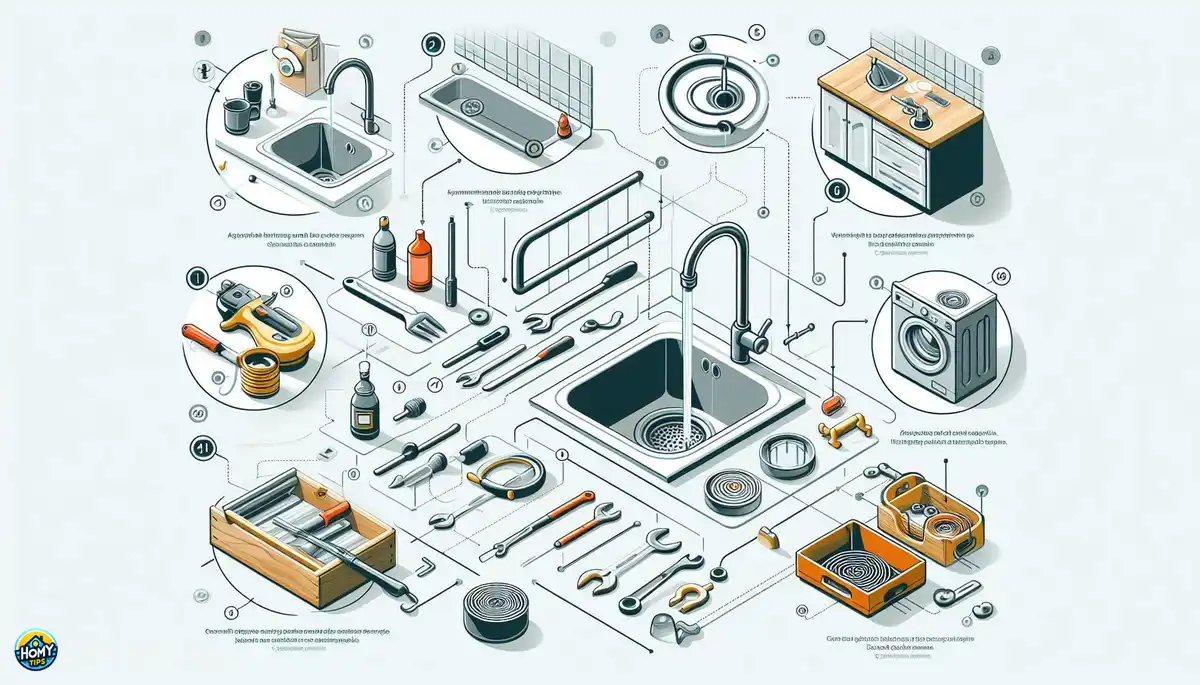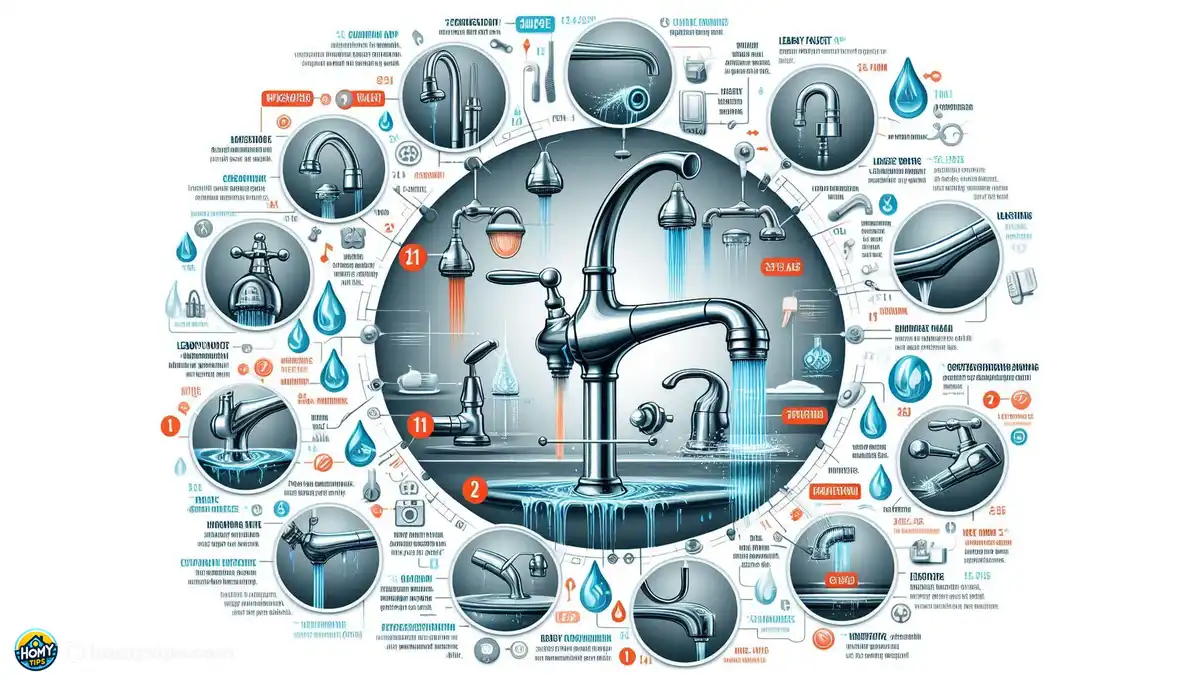
How to Unclog a Kitchen Sink Drain: Step-by-Step Guide
Blais James - Nov 16, 2024 - 6 min read


Leaky faucets are some of the most common household inconveniences that waste water and inflate utility bills. To correctly repair, it is imperative to understand the types of leaks and their causes. A slow drip to a steady stream, the different leaks can be more significant in some ways, but all have one thing in common: a bad faucet.
Identify the type of leakage you have as a starting step to repair. First, it will save your money on the water bill, and it will protect your plumbing fixtures from damage and save water. So, in this guide, we will discuss various kinds of leaky faucets and how to identify each one.
The compression faucets are the oldest faucet types with two handles to distinguish the hot from the cold. They utilize rubber washers for sealing when the tightened handles are concerned. However, years later, rubber washers tend to be old thus leaking.
Identify a leakage on a compression faucet: leak droplets falling out from the spout while it is off, the formation of water pooling below it, or leaks dropping down from the handles; you need to replace rubber washers.
Ball faucets are commonly found in newer homes and are recognized by their single handle, which controls both temperature and flow. The mechanism is ball-shaped with slots and rubber O-rings controlling the flow of water. The O-rings will deteriorate over time, and leaks will occur.
A dripping ball faucet is represented by water droplets falling through the base of the faucet or dripping out of the spout. Another could be that the faucet's handle is quite difficult to turn or produces squeaks when you try to rotate it. Symptoms indicate there is a need to change the O-rings used inside the faucet.
A cartridge faucet is virtually like a ball faucet with a mechanism to control water flow. Instead of utilizing a ball-shaped mechanism in cartridge faucets, an inner mechanism is used: a cartridge. These faucet styles are known to be extremely long-lasting and reliable but, over time might develop leaks if the inner mechanism is damaged or worn off.
For a cartridge faucet, leaks at the spout or handles and trouble turning the handle or regulating water temperature are common signs indicating that the cartridge needs to be replaced or reseated.
The most advanced faucet in the market is a ceramic disk faucet, which has a very smooth operation and almost negligible maintenance. These faucets use ceramic disks to control the flow of water. Although they are very robust, they can eventually leak.
Check your ceramic disk faucet for leaks at the spout and handles as well as any unusual sounds you hear when you turn it on or off. These are indicative of a dirty or failing ceramic disk.
Now that you've identified which type of faucet you have, you want to find out where the leak is. The easiest place to do this is by looking at your faucet and seeing if there are spots of water, either dropping or accumulated at the bottom of your faucet. If that's not possible, turn on the flashlight in any space underneath the sink or behind your faucet.
Ensure that all connections between the faucet and the plumbing pipes, and between seals and gaskets, are satisfactory. These are problem areas where leaks often happen, and correcting them early may prevent even further damage to your fixtures.
Before you start with the process of repairing, collect all the tools and materials required to carry out the procedure effectively. Adjustable wrenches, screwdrivers, plumber's tape, replacement washers or O-rings, and flashlight for lighting purposes are the most widely used tools during such procedures. Optional Accessories
Depending on the faucet you have and how much damage is done, you will need supplies that we didn't provide to include cartridge puller, ceramic disk repair kit or just parts for the replacement of the faucet. It can save you time and your frustration by reducing the process.
Begin with turning off the water supply to the faucet, take off the handles, dismantle the valve stem assembly, unscrew it and change old washers into new ones, put everything in place in the faucet and turn on the water supply. Test for leaks
To repair a leaking ball faucet, turn off the water supply and take out the handle and cap. Now, using pliers, remove the retaining pin and pull out the ball assembly. Replace worn or damaged O-rings and assemble the faucet. The O-rings need to be lubricated with plumber's grease.
Prevent future leaks by checking your faucets for any signs of wear and damage. Look for water dripping or pooling, or notice any unusual sounds or difficult operation of the faucet.
But once you realize a leak, do not delay and call a plumber. Getting leaks fixed soon enough can ensure that you are not causing further damage to your faucets, thereby saving you even more on your water bill over the long term. Most faucet leaks, with the proper tools and know-how, can be fixed rapidly and easily.
One of the biggest household problems could be leaky faucets; however, it need not be that way if one knows how to differentiate between various types of leaks and where they are coming from. The ways and means of dealing with faucet leaks can be pretty empowering as it equips a person with tools and know-how to take action in dealing with and preventing future leaks within the house. With a few DIY know-how and tools, it ensures smooth running of faucets for many years.